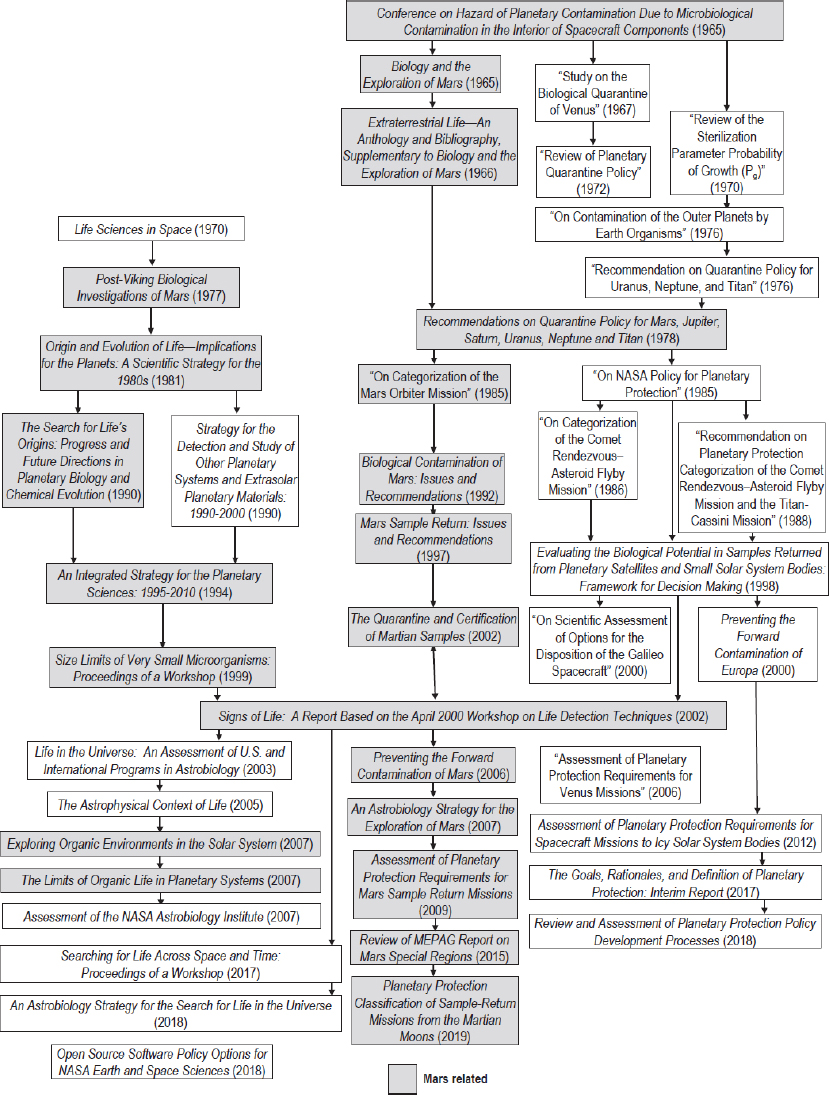B
Relevant Reports





You're looking at OpenBook, NAP.edu's online reading room since 1999. Based on feedback from you, our users, we've made some improvements that make it easier than ever to read thousands of publications on our website.
Do you want to take a quick tour of the OpenBook's features?
No Thanks Take a Tour »Show this book's table of contents, where you can jump to any chapter by name.
« Back Next »...or use these buttons to go back to the previous chapter or skip to the next one.
« Back Next »Jump up to the previous page or down to the next one. Also, you can type in a page number and press Enter to go directly to that page in the book.
« Back Next »Switch between the Original Pages, where you can read the report as it appeared in print, and Text Pages for the web version, where you can highlight and search the text.
« Back Next »To search the entire text of this book, type in your search term here and press Enter.
« Back Next »Share a link to this book page on your preferred social network or via email.
« Back Next »View our suggested citation for this chapter.
« Back Next »Ready to take your reading offline? Click here to buy this book in print or download it as a free PDF, if available.
« Back Next »